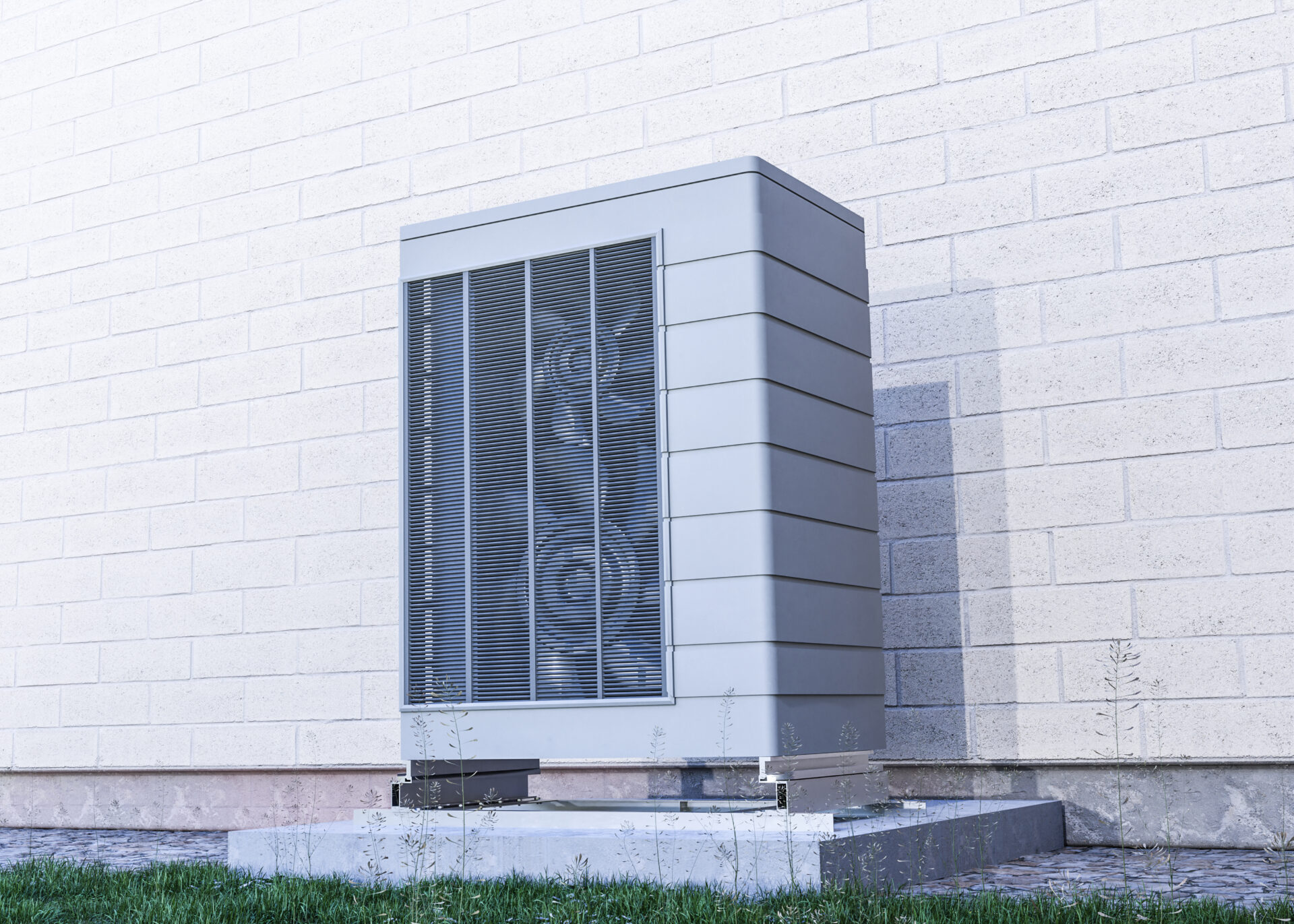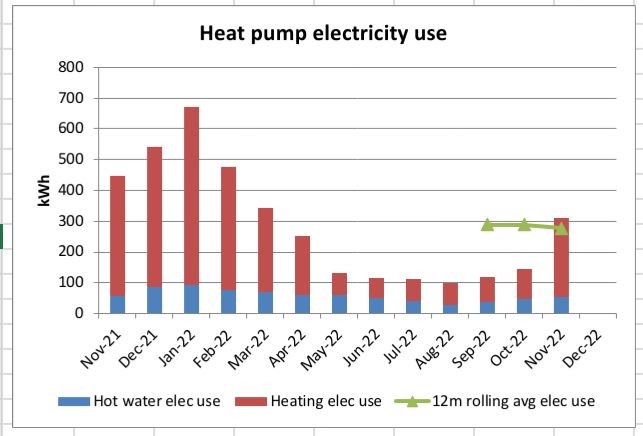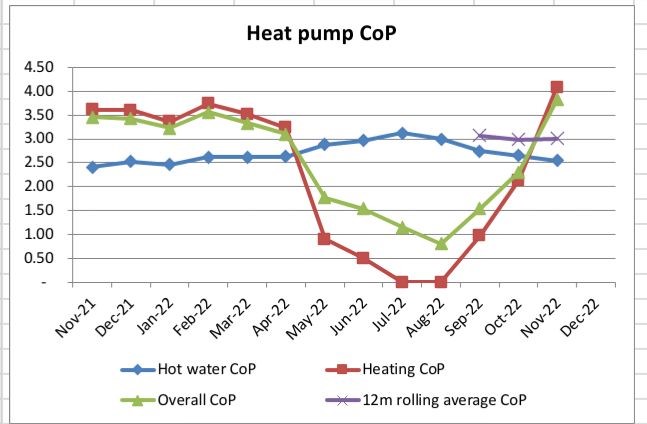WHY DOES YOUR NEXT CUSTOMER WANT AN AIR SOURCE HEAT PUMP INSTALLATION?

Time is running out for gas boilers!
Did you know, that from 2035, you won’t be able to replace your gas boiler if it breaks down?
This is to reduce our reliance on fossil fuels and move us towards greener energy, to help combat climate change.
That’s why its more important than ever that you know the process that happens before an air source heat pump installation is considered by a customer.
WHAT IS AN AIR SOURCE HEAT PUMP?

Air source heat pumps are a type of heat pump that extracts heat from the air outside and transfers it inside.
They are a type of mechanical refrigeration, which uses compressor machinery to cool an outdoor-air stream and then uses the resulting cold surface to remove heat from water or other fluid.
Air source heat pumps are often used in residential and commercial buildings where they can provide heating, cooling, ventilation, or hot water.
Evacuation heat pumps are typically used for buildings with refrigerant, such as those that use a process cooling system or large buildings that have the potential to freeze. Large-scale commercial or industrial sources of geothermal energy, such as hydrothermal conditions in deep well boreholes, can be heated by circulating hot water through a heat exchanger loop in which it is used to preheat air before it is blown through the building.
IS AN AIR SOURCE HEAT PUMP RIGHT FOR MY CUSTOMER?

An air source heat pump is a great choice for customers who want to save money and have an environmentally-friendly solution. Air source heat pumps are often used in buildings where there is limited access to water and gas, or where there are space constraints. They can be used in residential buildings, commercial buildings, schools, hospitals, and office blocks.
Air source heat pumps are very eco-friendly. They consume a lot less electricity than other heating systems due to the fact that they use one form of energy to produce another. They also have lower overall running costs. One of the main disadvantages of this type of heating system is that it requires a small space surrounding it, which would be an inconvenience if you’re not using it for your home or office (for example, if you’re using the system just to heat a hot tub).
Some geo-thermal power plants use existing geothermal resources, like hot springs, to create electricity. Others need to drill deep into the ground and extract heat from the core of the earth. Either way, these types of power plants are eco-friendly because they don’t rely on fossil fuels for their energy production.
Domestic installations for Heat Pumps had a record year before COVID-19 with an increase of installations by 57%. This number is predicted to triple in size due the cost-of-living crisis and inflation soaring.
As customers look to book in their next boiler service or look to replace their boilers, they might be considering replacing their boiler with a air source heat pump which means its important that you have the appropriate business model in place to tackle the demand.
HOW MUCH DOES AN AIR SOURCE HEAT PUMP INSTALLATION COST?

The cost of an air source heat pump depends on the size and the efficiency. In general, the larger and more efficient a heat pump is, the higher it will cost. The running cost of the heat pump will also vary depending on the size of the customers property and whether the property is a newbuild or an older build, as well as whether you need to change the way you distribute heat around your property. It also important for the customer to look at what insulation they may require within their property to ensure their property is properly insulated before installing a heat pump. Typical costs are around £7,000 to £13,000 to install at heat pump.
HOW MUCH DOES AN AIR SOURCE HEAT PUMP COST TO RUN?
Knowing the running costs of an air source heat pump can be tricky to figure out, especially if you don’t own one yourself!
Luckily, I know just the person who owns an air source heat pump and is able to provide stats an figures on how much they have managed to save over the last year, having an air source heat pump.
Sarah Wilkinson, Carbon and Energy Manager at Cambridgeshire County Council said:
“This cold weather feels like a good time for an update on how well my air source heat pump at home is doing, after over a year in. 🙂
Well, it’s lovely and warm in my house, so it’s definitely doing it’s job!
For the heating nerds amongst you, read on for stats…
-Average CoP of around 3, and reaching 4 occasionally.
-Annual electricity use of around 3,300 kWh. (Prior to getting the ASHP we used to use around 15,000 kWh a year of gas.)
-Running costs are just slightly lower with the ASHP, taking into account current prices and standing charge for gas, which we no longer pay. (Ignoring standing charge for electricity as we’d have that anyway.)
In reality it’s even cheaper because we have the solar PV and battery, but I haven’t done the sums on that.- It’s a Mitsubishi Electric Heating UK Ecodan 11.2kw heat pump-1940s 3 bed semi house in Cambridgeshire.”


IF YOU WOULD LIKE FREE TIPS AND TRICKS ON HOW TO GROW YOUR BUSINESS TO 7 FIGURES, PLEASE REGISTER YOUR INTEREST USING THE LINK BELOW:
BOOK A CALL WITH A BUSINESS DEVELOPMENT MANAGER TO FIND OUT MORE










